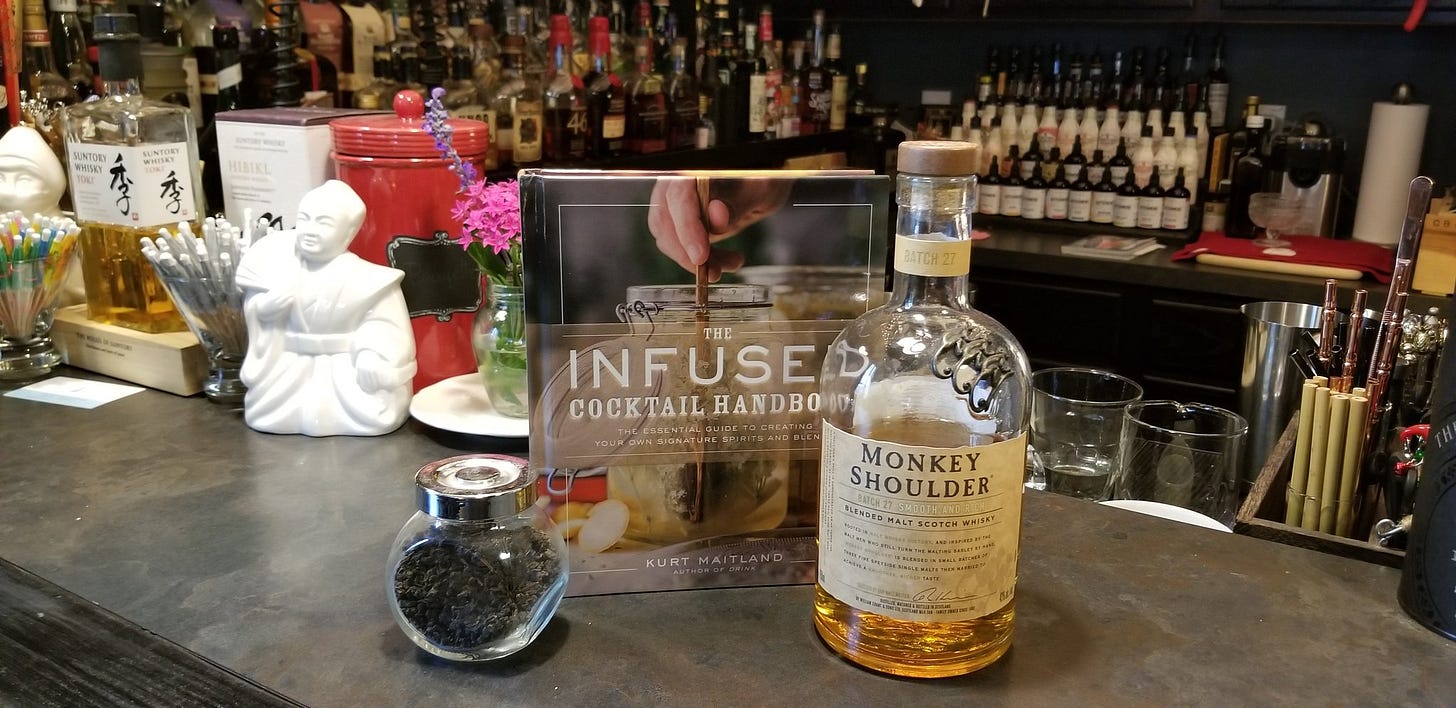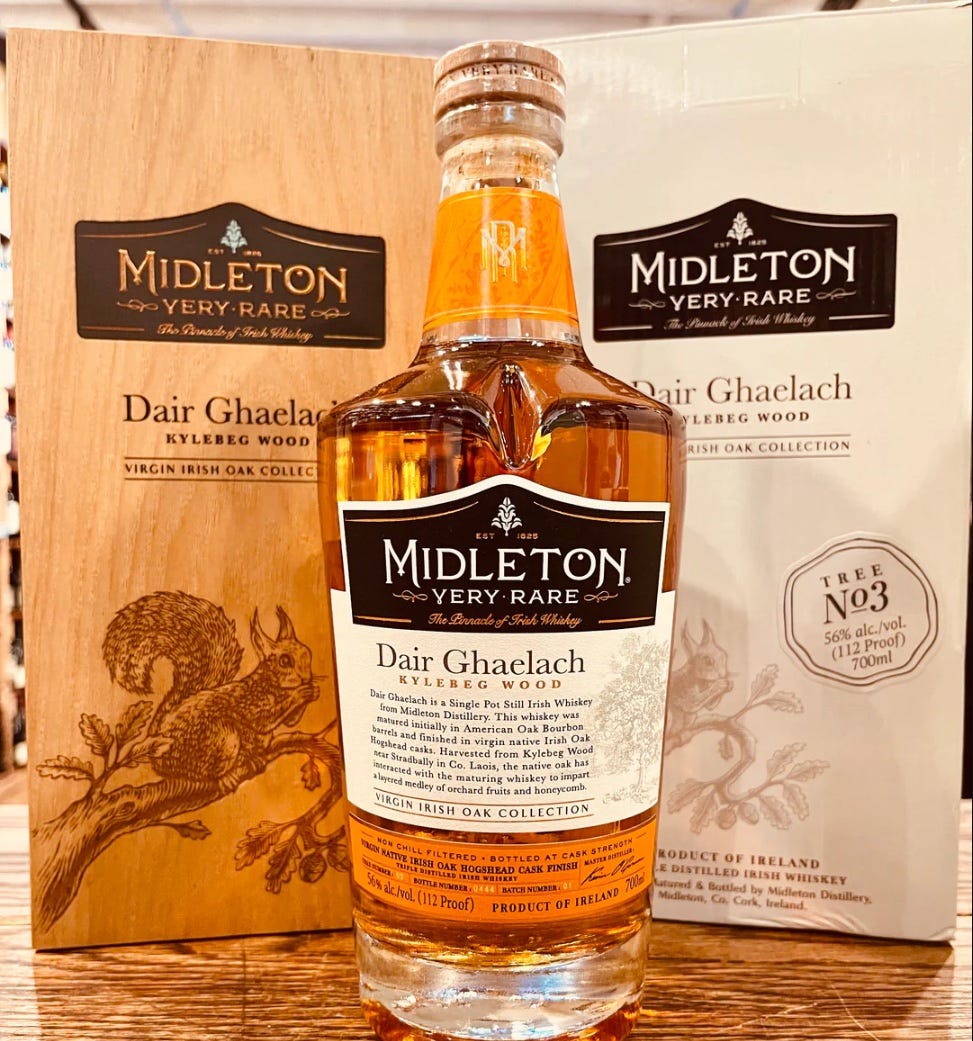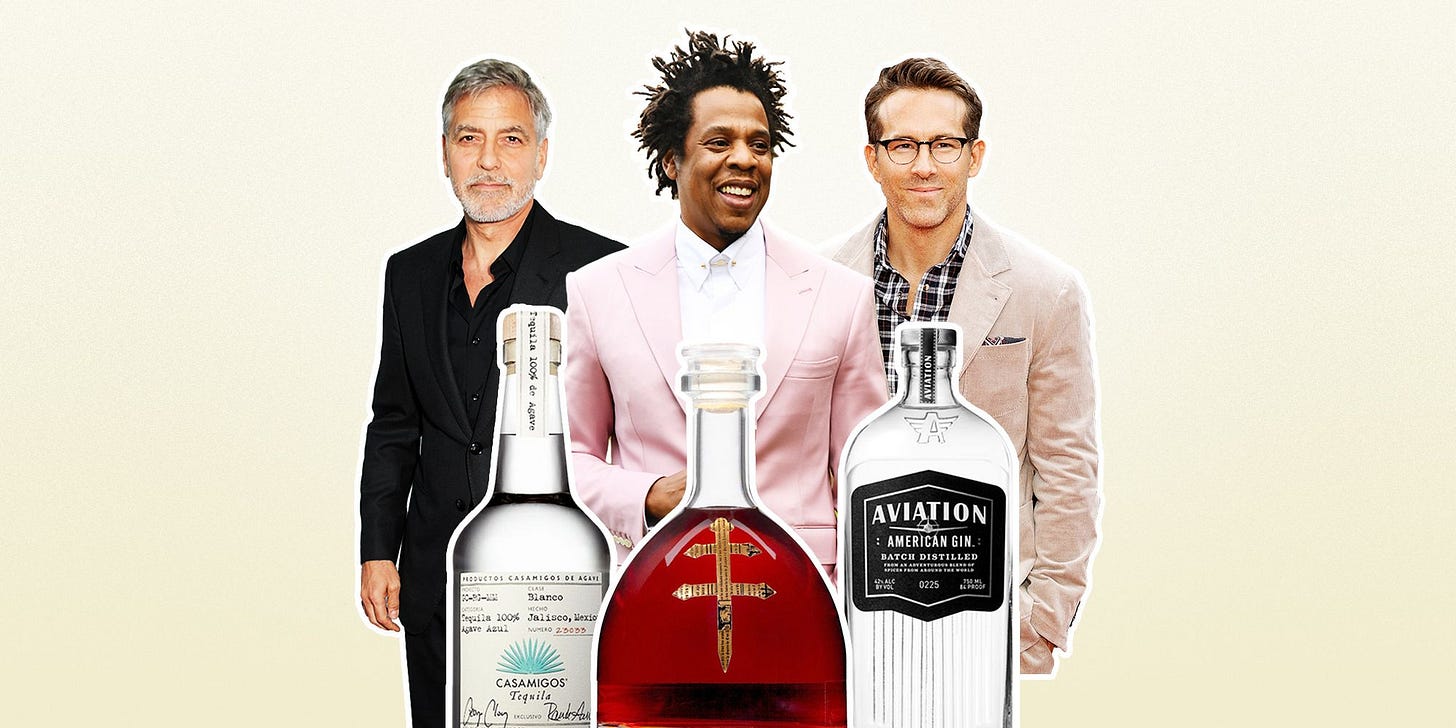Whiskey Insiders: Kurt Maitland and OJ Lima dish on the key trends and innovations coming in 2023
I chopped it up with the homies to talk about bottle prices, challenges for black-owned distillers and why whiskey doesn't get the same respect wine does.
Last year, I decided to steal a concept from my day job (editorial at ESPN) and create an “insiders” story with industry experts sharing insight on the whiskey business. I thought it would be a fun exercise, mostly because I’m always curious as to “what’s next” related to the things I care about.
Evidently, y’all care about this type of thing too, as last year’s insider story was the No. 2 subscriber driver in 2022. (Thanks!) Therefore, it’s my goal to produce a few more of these in 2023. You’re welcome in advance.
I tapped the homies Kurt Maitland (founder of the Manhattan Whiskey Club, Whiskey Selections, and author of Drink and The Infused Cocktail Handbook) and OJ Lima (President of Taste Select Repeat, an e-commerce marketplace for liquor enthusiasts) for a roundtable chat on the trends and innovations that are coming for the sippers and brands that play in this industry.
1. What is the industry trend that will impact consumers most in 2023?
Maitland: The Alcohol and Tobacco Tax and Trade Bureau, frequently shortened to TTB, now allows 700 ml bottles (compared to the American standard 750 ml) to be imported into the United States. In December 2020, the TTB signed off on allowing bottle fills at 700 ml, thus clearing the way for spirits released in that size in Europe and elsewhere to be sold in the US. Many whiskey makers did not have the time or financial ability to have their releases rebottled for the US market and focused their efforts elsewhere.
Now, those bottles can be imported with much less difficulty, and a world of spirits (literally and figuratively) can hit Western shores anytime. Instead of hitting the auction markets — where whiskey junkies like me dwell — or grabbing bottles when traveling, some bottles will come to you. That's a good thing.
Lima: Barrel shortages. It's a two-fold problem: Not enough wood and not enough workers to get the wood to market. Many spirits can only be produced with barrels, leading distillers to hold back on releasing product. This usually leads to shortages and price increases.
Maisonet: With inflation and the economy in its current state, bottle prices are higher and discretionary income is lower. It seems reasonable that consumers will be more mindful of splurging on high-priced offerings in 2023. I hypothesize that mass-produced whiskies that can offer lower prices will use their market strength to offer promotions to get in shoppers' baskets. I always push to shop local, buy minority-owned and experiment with niche brands, but I can't blame anyone for downsizing when necessary.
2. What consumer trend will impact the industry most in 2023?
Lima: Particularly in whiskey, many consumers have become well-versed in products and now know to discern between quality and trash. Inferior products won't be able to hide anymore, and there will be a downturn in sales for low-quality products, with an increasing demand for premium products. We're going to see this in whiskey and tequila. There's a shorter runway for new brands, so expect many of these new ones to fail. With tequila in particular, additive-free tequilas will show significant momentum and make and force the mega-producers to re-evaluate how they produce and market their products.
Maisonet: People want more ready-to-drink cocktail offerings. I don't consider myself an influencer, but I occasionally receive some complimentary libation. In 2022, I was sent THREE different cocktail-in-a-can beverages from different brands. Going into 2023, the bombardment of advertising and space on BevMo and Total Wine shelves tells me that more is on the way. It's an obvious winning opportunity for the brands, as the margins can be pretty high for a single serve or six-pack can of "drank ."However, I'm here for more premium offerings. Few top Hochstader's Slow & Low Rock & Rye for an old fashioned on the go, and if we can meet that bar, I'm here for it.
Maitland: Some combo of the zero/low alcohol whirlwind that has been brewing. As the trend gains traction, more brands will dive in. I'm not the biggest fan — not because I have a problem with zero/low alcohol — but my preference has leaned toward infusions (which can be made with or without alcohol) and the old standbys of water and juices. That said, I understand people don't want to feel excluded. Drinks that give the appearance of cocktails and a pleasant taste certainly have a place in the market.
3. What's one thing in the industry that desperately needs innovation?

Maisonet: I'm probably being selfish here, but for the love of God, can we get more bars and institutions to offer cocktail-making courses? My wife and I have taken classes together on cooking and wine, but we can't work with a mixologist on how to make fire drinks? I understand there could be issues legally with the handling of alcohol, but I'd gladly spend $50 or $100 on a premium cocktailing experience. Bars could benefit from the foot traffic, brands could benefit from the exposure and a better-informed consumer makes for a more engaging industry from top to bottom.
Maitland: The laws regarding shipping spirits within the US. Every state has its rules; in many cases, those rules are designed to protect local industries (mainly distributors) and tax revenue. Because I live in NYC, it's easier for me to buy spirits from the EU and the UK than it is for me to get local releases from PA and NC. I have to actually go to those states if I want to buy anything.
If these rules were changed, it would be a boon for local producers — especially African American distillers. There are many releases that I want, but some can't ship to me legally. That's untapped revenue for brands if they could ship nationwide without needing a local distributor. The distributors' grip on the market is firm, and they don't have the incentive to promote smaller, niche brands that aren't financed by a larger company.
There's an argument that these rules protect children, but methods are in place to manage this — having an adult show ID and sign for the package. My friend, Susannah Skiver Barton, mentioned on a recent podcast (One Nation Under Whisky, big recommend) that the rules on wine are far looser. Isn't wine … alcohol? Lower proof, but it still requires the buyer to be 21, no? Until the industry improves, I'll continue dreaming of a world that allows adults to buy any whiskey I want.
Lima: The three-tier system. The laws need to be updated so that independent distilleries can play on the national stage and force retailers to buy products they can't sell. This causes prices to be raised for consumers. There needs to be federal legislation that replaces state law to simplify the industry for everyone involved. Then we will see less scarcity and price gouging with premium products.






